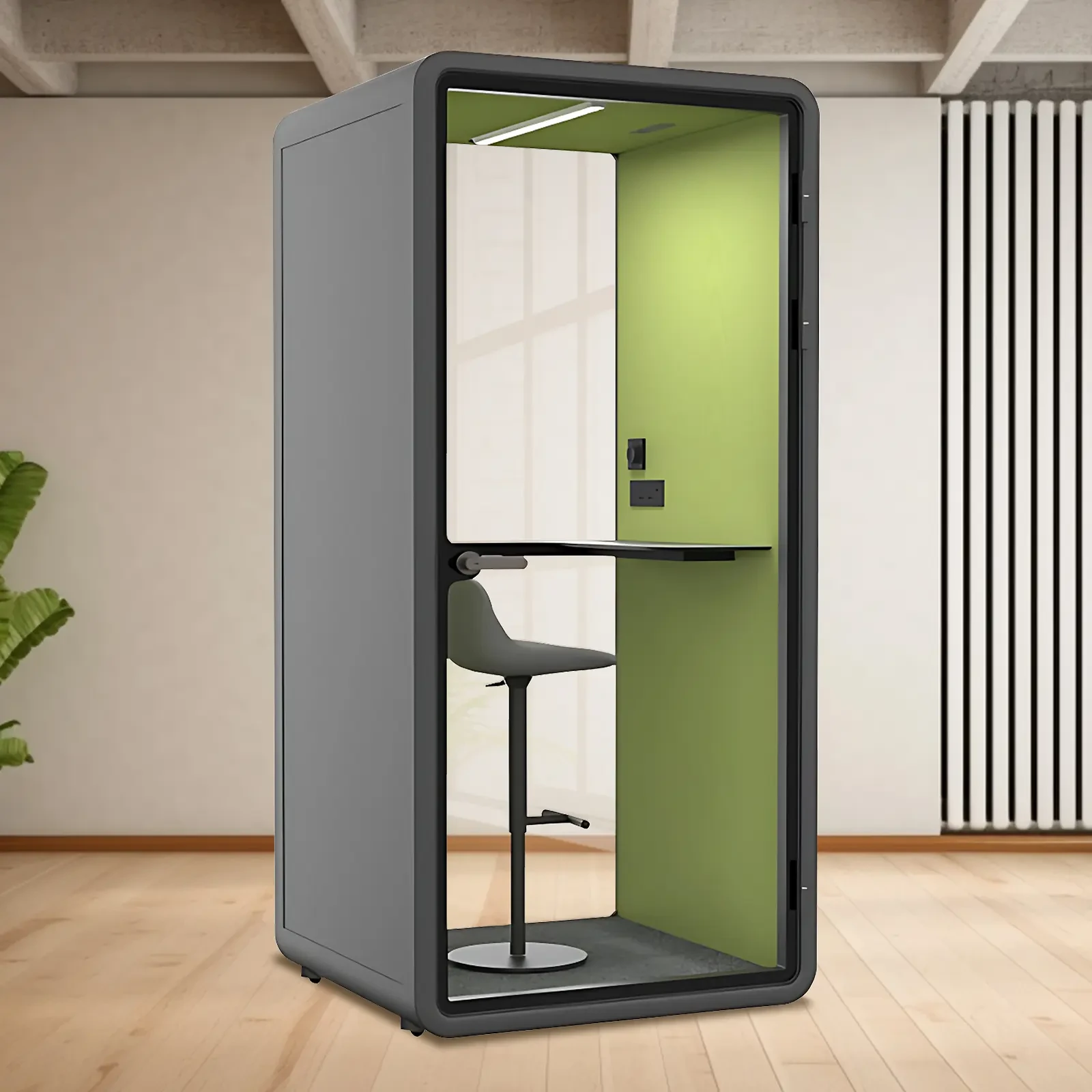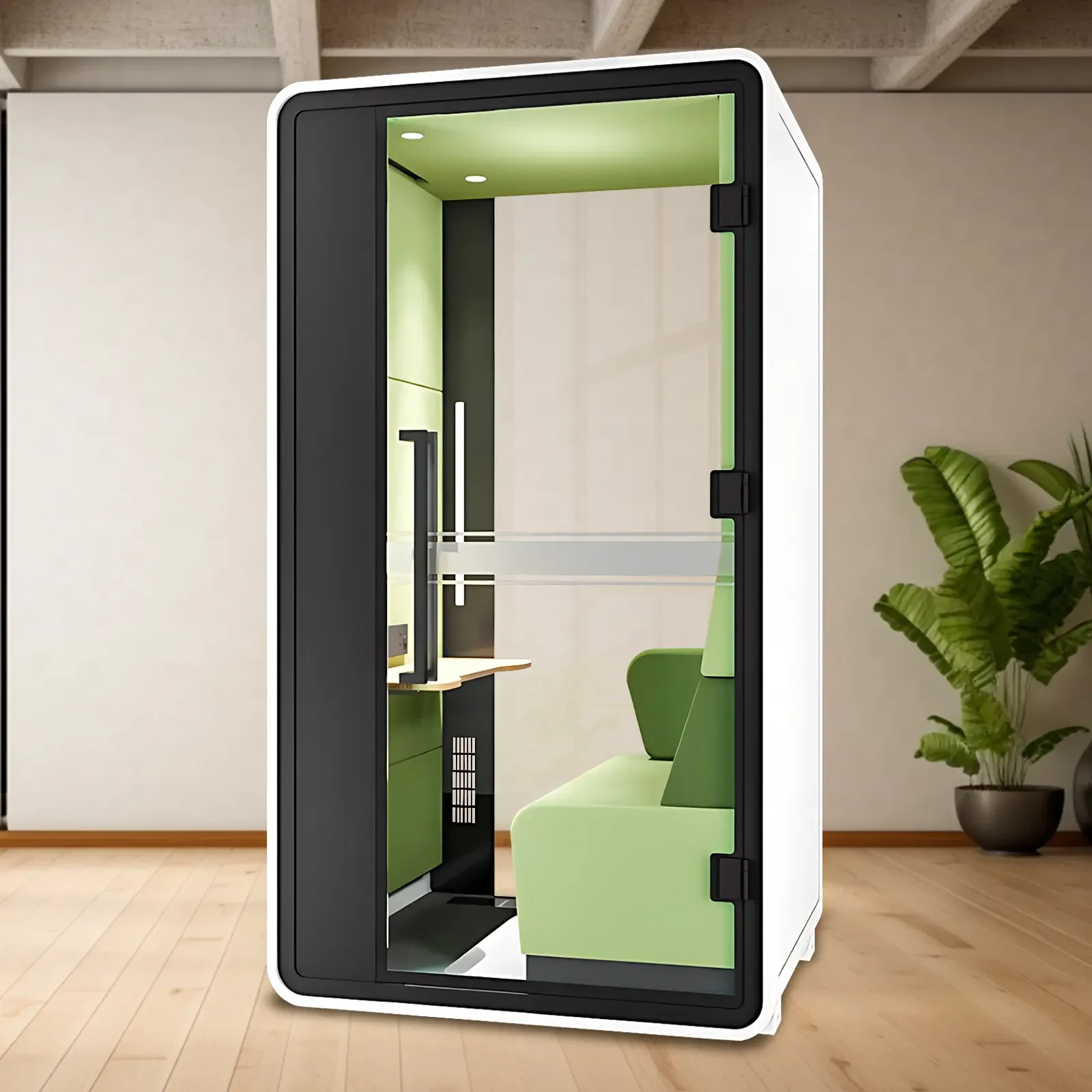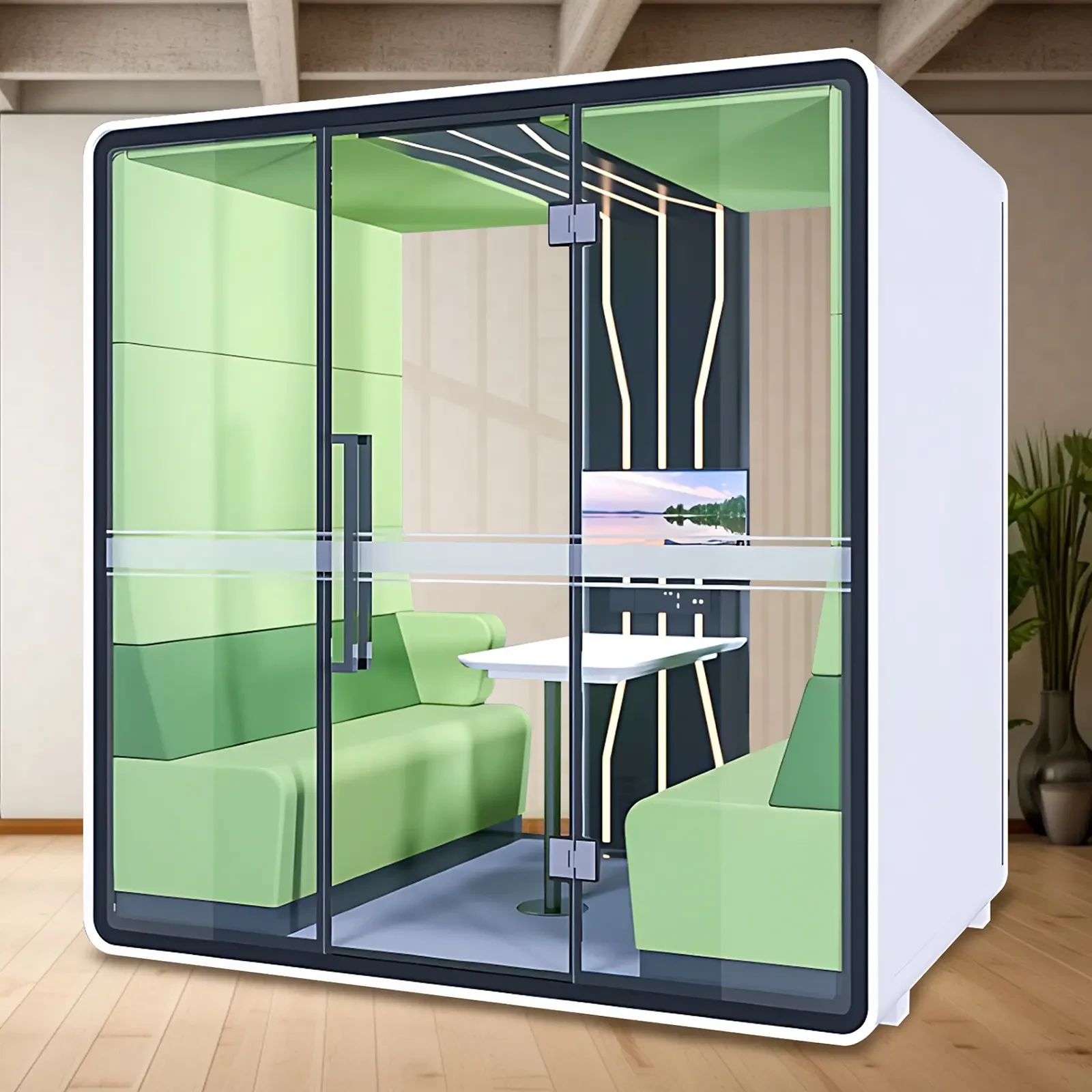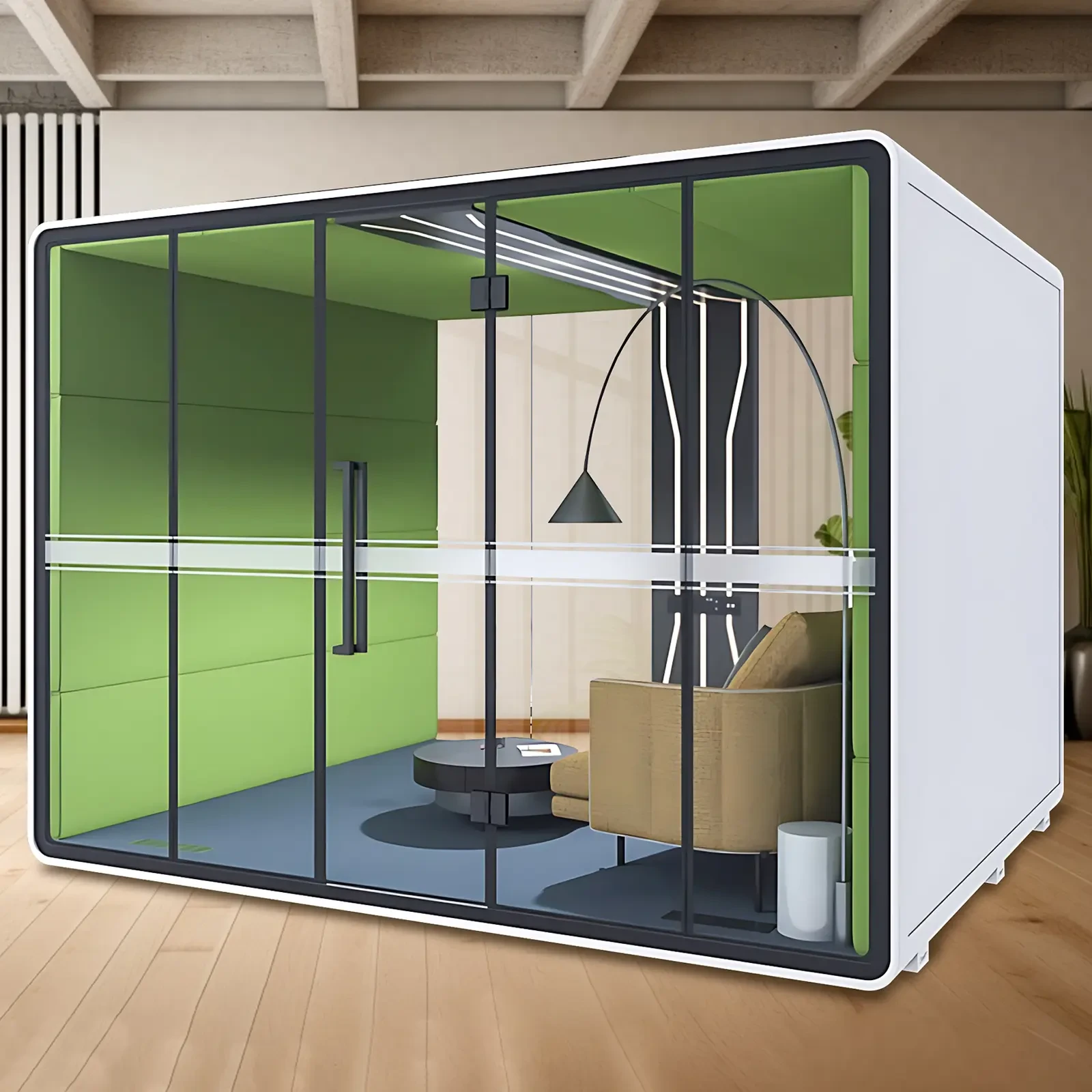Are you tired of neighbors complaining about your piano practice, family members scorning your singing, and your drumming sounding like firecrackers? Don't worry! "Mobile home soundproofing pods" are becoming a new favorite—they instantly transform into a private recording studio, isolating over 80 decibels of noise. Perfect for singing, practicing piano, recording podcasts, and testing acoustics. This article explains how soundproofing pods work, key purchasing considerations, who they're suitable for, and recommends cost-effective solutions so you can experience the sound of the real world at home! ✨
What is a portable home soundproofing pod? What exactly does it do?
Simply put, it's a portable, modular "mini recording studio" with built-in soundproofing. It doesn't require the time and effort of traditional renovations, nor does it require demolishing walls or remodeling the structure. Simply unpack and assemble a few panels to instantly transform your living room, balcony, or bedroom into a professional-grade, silent space. 💡
Its core purpose is acoustic isolation: it prevents outside noise from disrupting your playing or recording (such as a crying child or a neighbor renovating) while also preventing your sound from leaking out and affecting others. 🎯 It's especially suitable for: piano enthusiasts looking to seriously practice, novice singers looking to record, content creators preparing for podcasts/livestreams, and even engineers doing audio testing.
How do soundproofing cabins block out sound? Understand the principles and avoid pitfalls!
Don't assume that simply adding a thicker wall will do the trick; true soundproofing requires a three-pronged approach: quality, damping, and sealing. 🔍
1. Multi-layer composite material: High-quality soundproofing cabins typically use a three-layer construction of "metal + high-density soundproofing panels + sound-absorbing foam," creating a "soundproof sandwich." The sound-absorbing foam in the middle absorbs mid- and high-frequency noise (such as vocals and keyboard clicks), while the outer metal frame provides rigid support to prevent resonance.
2. Sealing is key: Sound leakage through door gaps, vents, and corners is the biggest risk! Good products use magnetic sealing strips and airtight door locks to prevent air and sound waves from entering or exiting. Tested data shows that excellent soundproofing cabins can achieve a sound insulation rating (STC value) of 45-55 decibels, effectively reducing outside noise to a whisper.
3. Modularity and Portability: Unlike fixed walls, these cabins are assembled using mortise and tenon joints or screws, making them easy to assemble and disassemble, allowing them to be taken with you when moving—a true boon for renters! 📦
How to Choose? These 5 Parameters Determine Whether You're Buying "True Soundproofing" or a "Fake" Product
The sheer variety of products on the market can be overwhelming. Remember these 5 key indicators to spot the "IQ Tax" at a glance. 👇
① Soundproofing Class (STC Value) ≥ 45: This is the industry baseline; anything below 40 decibels is practically unusable. We recommend choosing products labeled with an "ASTM E90 Standard Test Report."
② Sufficient interior space: Common sizes include 1㎡ (for one person), 2㎡ (for two people and instruments), and 3㎡ (for a drum set). If you plan to accommodate a piano or drum set, reserve at least 2.5 meters long by 1.8 meters wide.
③ Sound absorption and sound insulation: Sound insulation alone isn't enough! Ideally, cover the interior walls with sound-absorbing pads or diffusers to prevent excessive echo and reverberation, ensuring clear, noise-free recordings.
④ A ventilation system is essential: A completely sealed enclosure can be stuffy. Designs with noise-canceling ducts or silent fans are preferred to ensure air circulation without compromising sound insulation.
⑤ Price range: Entry-level models range from approximately ¥3,000–6,000 (for a small 1㎡ cabin), while mid-range and high-end models can cost ¥8,000–15,000 (including comprehensive sound insulation, absorption, and lighting). Don't buy a cardboard box on the cheap; you might not even be able to hear what people are saying!
Who is best suited for this? These individuals are truly worth the investment! ✅ Music lovers who are afraid to practice—Finally, you can freely play "Nocturne" at night without worrying about complaints! 🎶
✅ Creators who want to run their own media/podcasts/livestreams but live in a noisy environment—Even with kids at home, you can easily produce videos! 🎬
✅ Art students/vocal music learners—Uninterrupted practice, more realistic recordings, and easier self-correction! 📈
✅ Home instrument enthusiasts (piano, drums, guitar)—No more worrying about neighbors complaining about the "booming" noise! 🥁
⚠️ Not recommended: For occasional use or occasional conversation. This type of device is more suitable for long-term, stable use.
Conclusion
The portable home soundproofing cabin is more than just a "small house"—it's a symbol of the upgraded quality of modern life. Its scientific acoustic design helps you transform a "noise hell" into a "creative paradise." 🌈 Whether you're a music enthusiast, a content creator, or just looking for a quiet singalong, it can create your own personal haven of sound.
When choosing, remember to consider the STC value, airtightness, practicality, and avoid low-price traps. 💰If you have a generous budget, choose the flagship model with 2 square meters of space, sound absorption, and ventilation. If you're on a tight budget, start with a basic 1 square meter cabin and upgrade gradually.
In short: This isn't about spending, it's about respecting your passion. 🎵A world of silence begins with a cabin—are you ready to embrace your own "sound universe"? 🚀

 USD
USD
 GBP
GBP
 EUR
EUR






